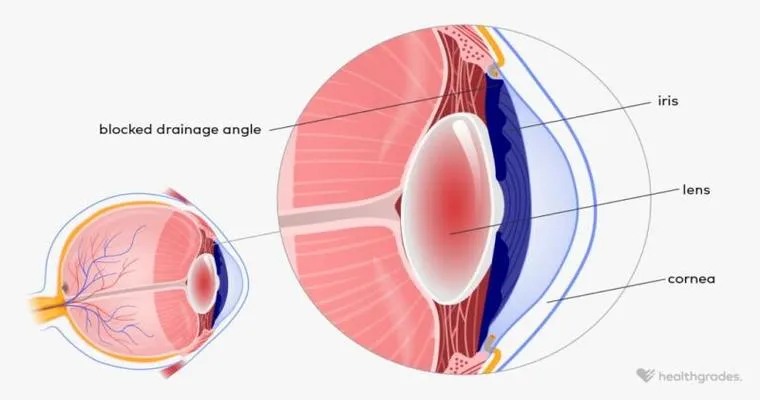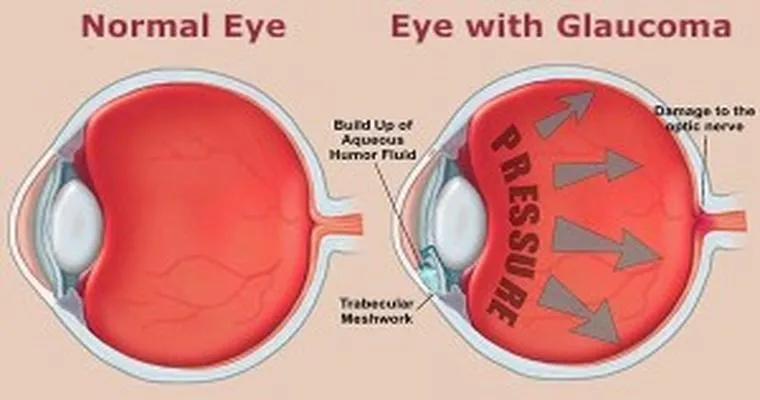Narrow angle glaucoma is a "serious eye condition" that can lead to "vision loss" if not diagnosed and treated promptly. This type of glaucoma occurs when the angle between the iris and the cornea becomes too narrow, leading to a sudden increase in "intraocular pressure". Understanding this condition is crucial for maintaining eye health, especially for individuals at higher risk. In this article, we will explore the causes, symptoms, diagnosis, and treatment options available for narrow angle glaucoma.
Understanding Narrow Angle Glaucoma
Narrow angle glaucoma is primarily caused by anatomical factors that affect the drainage of fluid from the eye. In individuals with a "shallow anterior chamber", the drainage angle can become obstructed, which causes a rapid buildup of fluid and an increase in eye pressure. This condition can be acute or chronic, with acute narrow angle glaucoma presenting as a medical emergency.
Symptoms to Watch For
Recognizing the symptoms of narrow angle glaucoma is essential for early intervention. Common signs include severe eye pain, headache, nausea, vomiting, blurred vision, and halos around lights. If you experience these symptoms, it is crucial to seek immediate medical attention, as they can indicate a potential "glaucoma attack".
Diagnosis of Narrow Angle Glaucoma
Diagnosis typically involves a comprehensive eye examination conducted by an eye care professional. Tests may include measuring intraocular pressure, assessing the drainage angle, and evaluating the overall health of the optic nerve. Early diagnosis is vital, as it allows for timely treatment to prevent "vision loss".
Treatment Options
Treatment for narrow angle glaucoma aims to reduce intraocular pressure and improve fluid drainage. Initial management often includes medications, such as "eye drops", to lower eye pressure. In some cases, laser therapy may be recommended to create a new drainage pathway. Surgical options may also be considered for more severe cases, depending on the patient's needs and the severity of the condition.
Conclusion
In summary, narrow angle glaucoma is a potentially devastating condition that requires prompt attention. Understanding its symptoms, causes, and treatment options can help individuals take proactive steps in managing their eye health. If you or someone you know is at risk for this condition, regular eye examinations and consultations with an eye care professional are essential. Remember, early detection and intervention can make a significant difference in preserving your vision and overall eye health.





